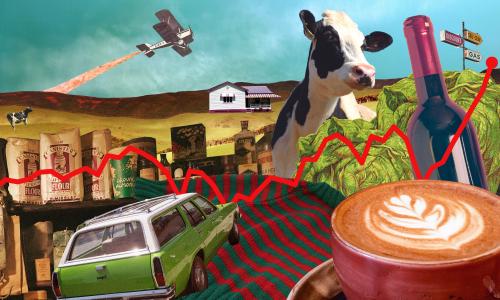
Over the past 12 months the rate of inflation was 2.1%, according to the latest consumer price index (CPI) figures from the Australian Bureau of Statistics.
Change in prices is not uniform across Australia, and ABS data shows some capital cities are experiencing greater price rises than others, and some items are increasing in cost more quickly, or even decreasing.
We’ve brought together all the data that goes into Australia’s headline inflation figures, broken down into the most detailed goods and services categories available. This uses the most recent figures, which are for the June 2025 quarter.
The data explorer shows the change in the price index, which is the cost of the item converted to 100 in a given base year, with each other year’s price presented in relation to the base year.
For example, something that originally cost $3 in the base year but now costs $3.5 would show an index changing from 100 to 116. This makes the change in price comparable across different items and services.
The interactive also shows percentage change in price, which compares the price for a given quarter to the quarter one year previous.
According to the ABS, these categories were some of the biggest contributors to changes in the March 2025 quarter:
Clothin and footwear
Clothing and footwear increased by 2.6%, driven by an increase in the cost of garments (+3.5%) and footwear (+5.7%) due to “new season stock and items returning from sale price following new year promotional activity in the March quarter”.
Health
Medical and hospital services rose 2.3% following the annual increase in private health insurance premiums on 1 April 2025.
Food
The cost of food and non-alcoholic beverages rose by 1% over the quarter, primarily due to an increase in the cost of fruit and vegetables (+4.3%).




